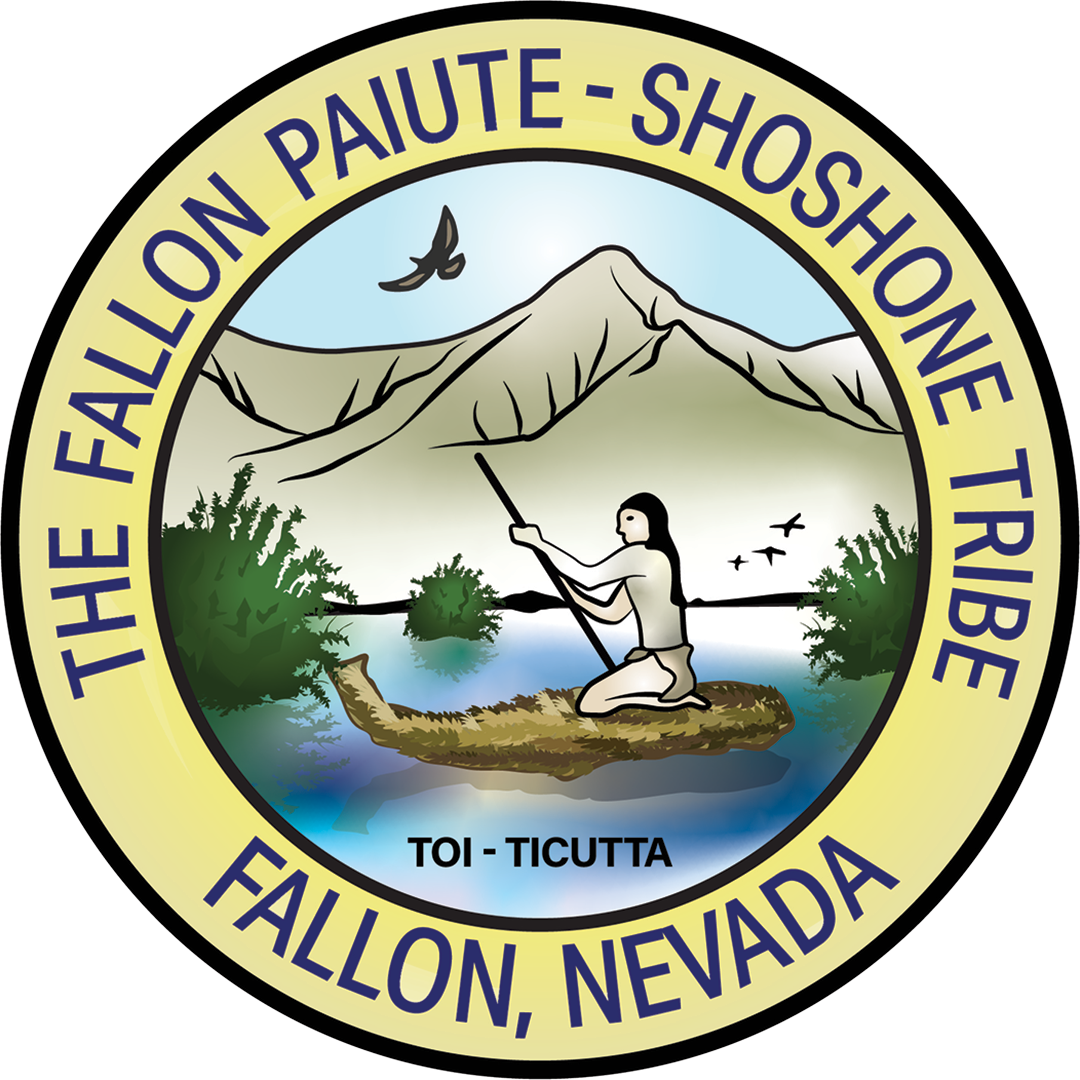Why do I need Alternate Resources?
You may be wondering why you should consider getting health insurance when you are eligible for health care from the FTHC or any other Tribal Health Center/Clinic, the Indian Health Service (IHS), or an urban Indian health program.
Health insurance through alternate resources gives you the ability to get care where there is no IHS/tribal facility, access to services that is not provided at a IHS/Tribal facility, and you have your choice of the doctors you see. But if you do get insurance and continue to use a Tribal/IHS facility, then they can bill your insurance and use the money to provide more services in our tribal communities (plus you don’t have to worry about deductibles for in-house services or approved referred services). Here are some facts to help answer those questions.
Fact #1: IHS is NOT Health Insurance
IHS is a part of the federal government that delivers health care to American Indians/Alaska Natives (AI/AN) and provides funds for tribal and urban Indian Health programs. Health insurance, on the other hand, pays for health care covered by your plan. It protects you from paying the full costs of medical services when you are injured or sick and pays for services to prevent you from becoming ill.
Fact #2: Even people eligible for IHS need insurance
Health insurance covers many things Indian health care programs do not provide. With health insurance you can get in to see specialists; get health care for covered services without IHS Purchased/Referred Care authorization; and get health care when you are away from home.
Fact #3: You’ll pay little or nothing
American Indians and Alaska Natives can find affordable insurance. If your income is:
- Between 100% to 300% of the federal poverty level (FPL), enroll in a zero-cost sharing plan and have no out-of-pocket costs for services received from an Indian health provider or a qualified health plan (QHP).
- Below 100% FPL or above 300% FPL, enroll in a limited cost sharing plan (regardless of income). No out-of-pocket expenses for services received from an Indian health provider or through a referral to a QHP.
Fact #4: Marketplace plans, Medicaid, and CHIP are not welfare
Marketplace plans, Medicaid, and the Children’s Health Insurance Program (CHIP) are health insurance programs for individuals, families, and children who meet income and eligibility requirements. Medicare and employer-sponsored insurance plans are other examples of health insurance with eligibility requirements.
Fact #5: You can stay with your Indian health clinic, get health care somewhere else, or both
Indian health care programs gladly accept health insurance, Medicaid, and CHIP. You won’t have to change doctors or facilities. If you don’t want to, even if your state has a Medicaid managed care network. If you want a choice about who to see for health care, you will have more options.
Fact #6. You won’t have to wait to sign up
Members of federally recognized tribes and Alaska Native Claims Settlement Act shareholders can purchase or change Marketplace health insurance coverage every month, rather than waiting for the yearly open enrollment period. So can non-enrolled family members, if they are included on the same application. This special protection for American Indians and Alaska Natives can be a lifesaver during a health crisis because it means insurance coverage can start much sooner. And you can enroll in Medicaid or CHIP at any time. But why wait? The sooner you sign up; the sooner you can get the services you need.
Fact #7: Indian Trust income won’t stop you from qualifying for Medicaid or CHIP
Certain types of income, such as income from selling culturally significant jewelry or basketwork and payments received from farming, fishing, and natural resources on Indian trust lands, are not used to decide Medicaid or CHIP eligibility. For example, the money you make fishing won’t count against you, as long as your tribe has fishing treaty rights.
Fact #8: Medicaid estate recovery doesn’t apply to your Indian Trust property
Don’t let concerns about Medicaid state recovery stop you from signing up. Indian trust property and income cannot be recovered to pay Medicaid back for long- term care. This includes:
- Trust property located on reservations, certain trust lands, and Alaska Native regions
- Income from treaty-protected natural resources
- Cultural, religious, or spiritually significant items
- Items that support traditional or substance lifestyles
Fact #9: You must take action to avoid paying a tax penalty for not having health insurance
Health care provided by an Indian health program does not count as insurance for purposes of avoiding a tax penalty. But there are three ways to avoid owing a penalty:
- Enroll in a marketplace insurance plan or other qualified health plan (such as one offered by your employer)
- Sign up for Medicaid or CHIP
- Apply for and receive the American Indian and Alaska Native exemption by filing Form 8965 with your federal income tax return.
Fact #10: Even though health care is a treaty right, you should still get insurance
IHS has to work within yearly budgets approved by Congress and does not receive enough funds to meet all the health needs of American Indians and Alaska Natives. That is why IHS does not offer certain services and why some services aren’t available at certain times of year. In fact, the IHS budget only meets about half of the need, so enrollment in health insurance helps expand needed care. And with insurance, health care is available when you need it.
